Are you looking for the perfect salsa recipe that will tantalize your taste buds and enhance any meal? The key to a delectable salsa lies in finding the best ingredients – and, most importantly, selecting the right peppers. Although cooking salsa seems like an easy task, there are some peculiarities involved when it comes to picking out the ideal product. In this blog post we’ll discuss all about choosing peppers for salsas, from flavor notes to growing tips- so read on for optimal ideas!
What’s a Salsa Recipe?
Salsa is a classic condiment that’s both flavorful and versatile. It can be used as a dip, topping for tacos or burritos, or even enjoyed with chips.
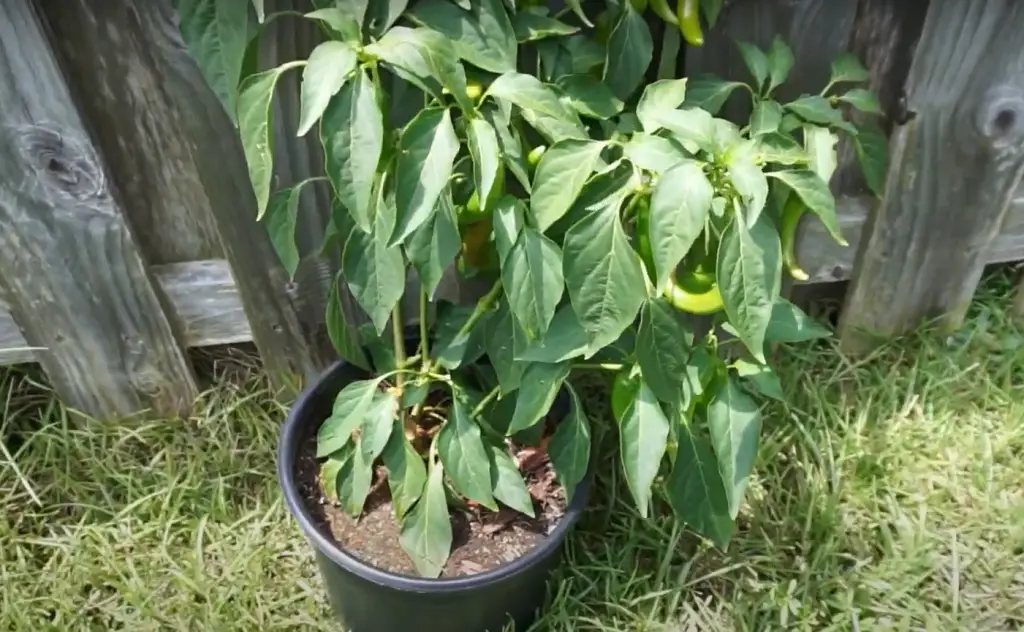
Salsa isn’t difficult to make either — with the right ingredients you can whip up a delicious batch in no time! Here’s a basic salsa recipe to get you started:
Ingredients:
- 2 tomatoes, diced;
- 1 onion, diced;
- 1 jalapeno pepper (seeds removed), finely chopped;
- 1/4 cup of fresh cilantro, chopped;
- juice from one lime;
- salt and pepper to taste.
Instructions:
- In a medium bowl, combine all the ingredients and mix until combined.
- Taste and adjust seasoning if necessary.
- Serve with chips or use as a condiment for tacos, burritos, or other dishes. Enjoy!
This is just one version of salsa — feel free to customize it by adding more jalapenos for a spicier kick, using different types of tomatoes (like Roma or cherry), substituting cilantro for parsley or even adding some diced avocado for an extra creamy texture. Experimenting with different flavors will help you create unique salsas that perfectly fit your taste buds. [1]
Is Choosing Good Quality Groceries Critical for Cooking Salsa?
Quality ingredients are essential to making the perfect salsa. You need fresh vegetables and herbs for a great flavor, as well as ripe tomatoes and firm onions. Additionally, you should use the freshest spices possible to ensure that your salsa has a bold taste. Good quality produce can be found at most grocery stores, and it’s important to select items that have been properly stored and handled. If you’re not sure what to look for when selecting produce, ask your grocer for advice on picking out the best items for your recipe. Another option is to shop at farmers markets or even grow some of your own produce if possible – this will guarantee the highest levels of freshness in your ingredients. With the right groceries, you can make a delicious salsa that is sure to be a hit with your family and friends. [2]
What Categories are All Peppers Divided Into?
All peppers are divided into two categories:
- Sweet peppers include bell peppers, banana peppers, and cherry peppers, and others.
- Hot peppers can range from mild (such as jalapeños) to extremely spicy (such as habaneros). [3]
In addition, some varieties of hot pepper have been bred to produce specific flavors or textures that make them popular for a variety of uses.
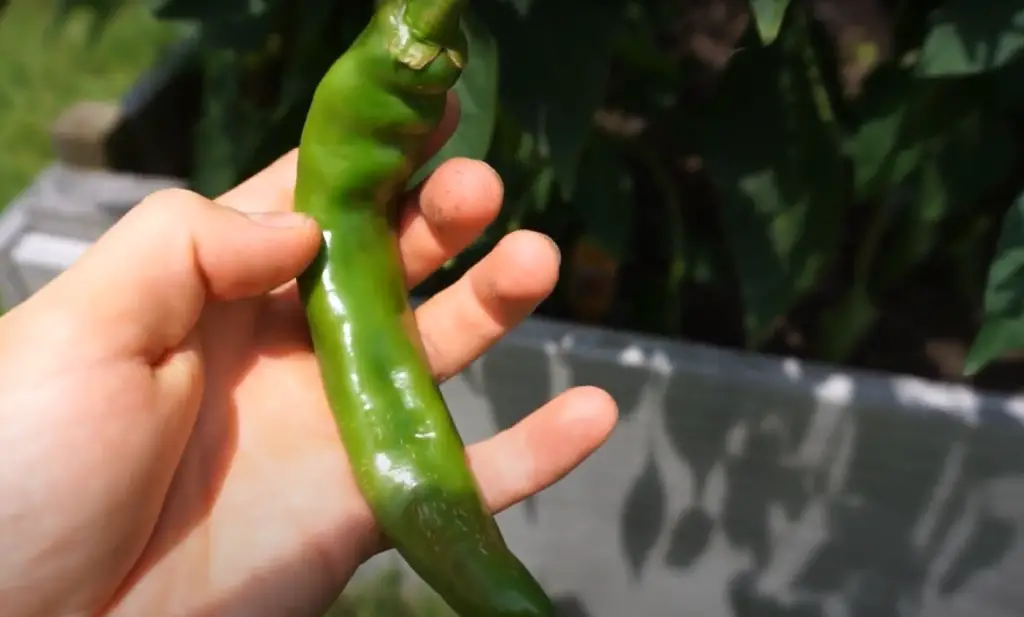
For example, the Anaheim pepper is often used in Mexican cuisine due to its mild heat and slightly smoky flavor. No matter what type of pepper you enjoy eating, there is something for everyone. [4]
Is It Worth Using Hot Peppers for Salsa?
Hot peppers add flavor and spice to your homemade salsas, making them more enjoyable to eat. The heat of the pepper also helps balance out the sweetness of fruits or vegetables that may be included in the salsa. Additionally, hot peppers are a great source of vitamin C and contain powerful antioxidants that can help boost immunity and reduce inflammation.
Lastly, spicy peppers are known to increase metabolism, so adding some heat to your salsa could help you burn off those extra calories! All in all, hot peppers make a delicious addition to any homemade salsa recipe. They’re easy to find at most grocery stores and can easily be added to customize your own unique flavors. So if you’re looking for a way to spice up your salsa, hot peppers are a great choice! [5]
20+ Best Peppers to Grow for Salsa
Serrano Pepper
This thin-skinned pepper is a great choice for making salsa, as it has a nice balance of heat and flavor.
Chipotle Peppers
These are smoked and dried jalapeño peppers that have a deep smoky flavor and earthy heat (roughly 5,000 on the Scoville scale). They’re commonly used to make salsas with rich smoky flavor.
Poblano Pepper
Also known as ancho chilies, poblanos have thick walls and mild pepper flavor without too much heat (1,000–2,000 on the Scoville scale). They’re often used to give salsa a nice smoky-sweet flavor.
Jalapeño Pepper
These small green peppers are one of the most popular peppers for making salsa due to their bright flavor and medium heat level (2,500–8,000 on the Scoville scale).
Anaheim Pepper
This large chili pepper has a sweet-spicy taste and low-medium heat level (500–2,500 on the Scoville scale).

It’s commonly used in Mexican dishes like chilis rellenos and enchiladas as well as salsa.
Habanero Pepper
These small, fiery peppers are among the hottest on the Scoville scale (100,000–350,000). They’re often used in salsas to give a spicy kick.
Cayenne Pepper
This very hot pepper has a bright red color and strong flavor with high levels of heat (30,000–50,000 on the Scoville scale). It’s often used for making traditional salsas or other chili-based sauces.
Red Bell Pepper
Not all peppers need to be spicy! Red bell peppers are sweet with no heat at all (0 on the Scoville scale). They’re great for adding sweetness and color to salsa.
Habanada Pepper
This relatively new pepper was created from a cross between a habanero and an ancho chili, so it has some of the heat of habaneros (around 100,000 on the Scoville scale) but with milder fruitiness. It’s ideal for making salsas that are both spicy and flavorful.
Gold Rush Pepper
Another hybrid variety, this one is made by crossing jalapeños with Anaheim peppers to create a mild-medium heat level (1,500–4,000 on the Scoville scale). The gold-colored fruits have excellent flavor for making salsa.
Scotch Bonnet Pepper
This small pepper is similar to the habanero in flavor and heat (100,000–350,000 on the Scoville scale). It’s often used for traditional Caribbean-style dishes and salsas.
Cherry Bomb Pepper
This small chili pepper has a deep red color, sweet flavor, and mild to medium heat level (2,500–5,000 on the Scoville scale). They’re often used in sauces or as a garnish for tacos.
Fresno Pepper
These thick-walled peppers look like jalapeños but have more intense flavor and medium-hot heat (2,500–10,000 on the Scoville scale). They’re great for adding a kick to salsas.
Datil Pepper
This medium-hot pepper (50,000–100,000 on the Scoville scale) is native to Florida and has a sweet flavor with hints of citrus and apricot. It adds a unique flavor to any salsa recipe.
NuMex Big Jim Pepper
These beefy peppers are very large (up to 1 foot in length!) and have mild heat levels (1,500–4,000 on the Scoville scale). They’re perfect for stuffing or using in salsa recipes that require larger pieces of pepper.
Santa Fe Grande Pepper
This is a popular pepper for making salsa, as it has mild heat levels (1,000–2,000 on the Scoville scale) and a sweet flavor with hints of citrus. It’s often used to make Southwestern-style salsas.
Numex Sunrise Pepper
These large peppers have a unique yellow color and mild heat level (500–1,500 on the Scoville scale). They’re great for adding sweetness and color to salsas.
Guajillo Pepper
This long red chili pepper has a mild heat level (2,500–5,000 on the Scoville scale) and earthy flavor.
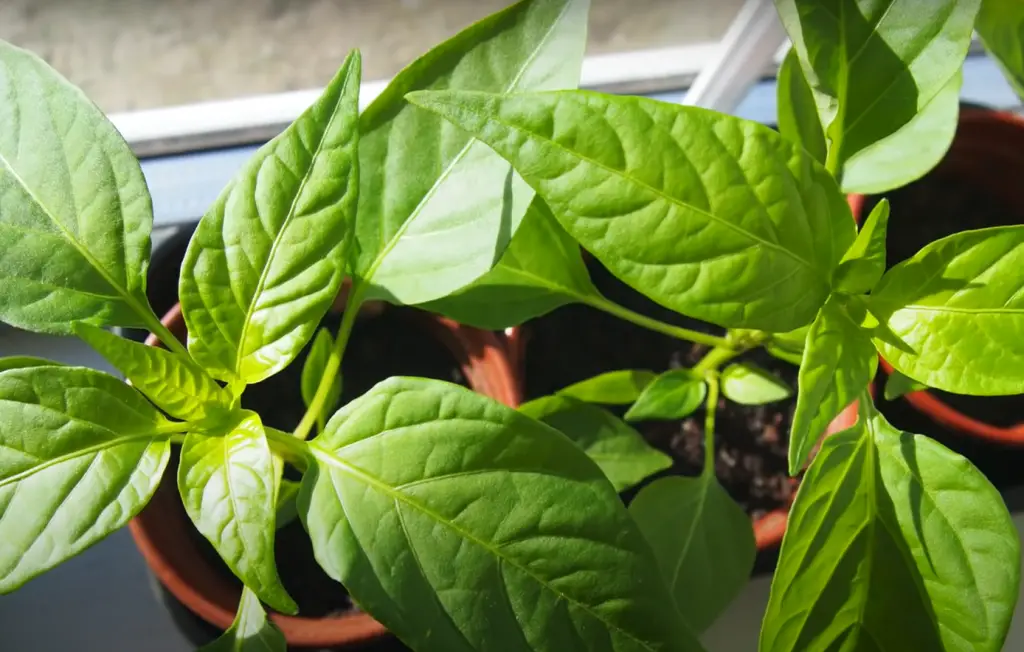
It’s commonly used to make Mexican-style salsas.
Aji Amarillo Pepper
These yellow chili peppers have a fruity flavor with a moderate level of heat (30,000–50,000 on the Scoville scale). They’re often used in Latin American cuisine for making sauces or salsas.
Pequín Pepper
This tiny pepper is very hot (50,000–100,000 on the Scoville scale) and works well when used sparingly in salsas or chili dishes. It has a unique smoky-sweet flavor that can add complexity to any recipe.
Hungarian Wax Pepper
This pepper looks like a banana pepper but has more heat (1,000–15,000 on the Scoville scale). It’s great for adding just a bit of heat to salsas without overwhelming other flavors.
Manzano Pepper
This medium-hot pepper (10,000–30,000 on the Scoville scale) is native to South America and has a sweet and smoky flavor. The thick walls make them perfect for chopping into salsa.
Mirasol Pepper
This chili pepper looks like a serrano but has slightly fewer seeds and milder heat level (2,500–5,000 on the Scoville scale). It’s often used to give salsas a bright flavor and hint of heat.
Padrón Pepper
These small Spanish peppers can range from mild to hot (500–2,500 on the Scoville scale) depending on where they’re grown. They’re an excellent addition to any salsa recipe that needs a little bit of spice!
How to Grow Peppers?
- Choose the right variety of pepper for your climate. Peppers come in many different varieties, and some are better suited to certain climates than others. Research what kind of peppers will work best in your area before planting.
- Plant peppers in an ideal location with plenty of sun and well-draining soil. Make sure the spot has access to at least 6 hours of direct sunlight a day for optimal growth.
- Use high quality potting mix or compost when planting peppers and make sure there is enough drainage so that the soil doesn’t become waterlogged or soggy.
- Water regularly but don’t overdo it! Too much water can cause root rot and other diseases. [6]
- Fertilize your peppers with a balanced fertilizer to ensure they get the nutrients they need for healthy growth.
- Monitor your plants regularly for signs of pests or disease, and treat them immediately if you find any.
- Provide support for taller pepper varieties by staking or using cages around the plants so that they don’t topple over as they grow in size and weight.
- Harvest your peppers when they are ripe – this will vary depending on the variety but most peppers should be harvested when their color has changed from green to red or orange for optimum sweetness and flavor! [7]
Do Peppers Have Disease and How to Recognize It?
Peppers can suffer from various diseases that can greatly reduce their yields or even kill them. Common diseases include damping-off (a soil-borne fungal disease), Alternaria leaf spot, bacterial leaf spot, anthracnose and pepper weevils.
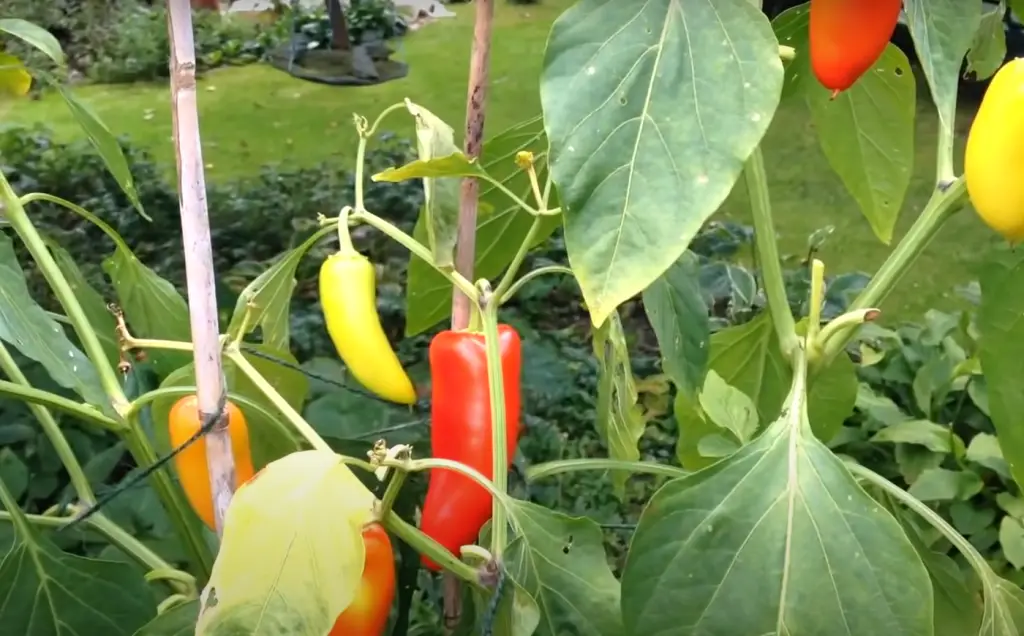
Symptoms may vary depending on the type of disease. However, general signs to look for include yellowing leaves, stunted growth, wilting foliage and brown spots on the stems or leaves. If you notice any of these symptoms on your plants, it is important to take action right away in order to prevent further spread of the disease.
In some cases, you may need to apply chemical fungicides or insecticides in order to effectively control the problem. If you’re not sure what type of disease is present, it’s best to contact a local agricultural extension office for assistance.It is also important to take preventive measures such as rotating crops and removing any infected plants or debris from the garden area. Keeping your plants well-watered and fertilized can also help ward off disease by promoting strong plant growth. Finally, make sure that you are planting resistant varieties of peppers whenever possible. This will give your plants the best chance at remaining healthy and productive throughout the growing season. [8]
Tips for Fertilizing Peppers
- Start fertilizing peppers when the plants are about 3-4 weeks old. Apply a balanced fertilizer such as 10-10-10 or 5-10-5 once every two weeks, until there is a visible difference in growth and foliage.
- Pepper plants need plenty of nitrogen in order to produce big, juicy, sweet fruits. To ensure that your peppers receive enough nitrogen, apply a liquid fertilizer with a higher nitrogen content than what’s found in most all-purpose fertilizers (such as 20-20-20 or 15-30-15).
- Make sure you follow the instructions on the fertilizer package for application rates. Too much nitrogen can cause excessive leaf growth at the expense of fruit production.
- When the pepper plants begin to set fruit, switch to a fertilizer that is higher in phosphorus and potassium (such as 0-20-20 or 0-10-10). These nutrients help support strong root growth and enhance the production of flowers and fruits.
- If your soil is lacking in essential micronutrients, consider adding a water-soluble fertilizer with micronutrients such as iron, zinc, manganese, copper and boron. This will help ensure that your peppers are receiving all of the necessary nutrients for optimal health and productivity.
- Fertilizing peppers regularly helps promote healthy plant growth and abundant yields. However, it’s important not to overdo it. Too much fertilizer can burn the roots and lead to nutrient deficiencies. Stop fertilizing when the peppers start ripening, as too much nitrogen can cause the fruits to be bitter-tasting.
- Avoid using manure or compost on pepper plants. These organic materials can contain pathogens that are harmful to the plant’s health. Instead, opt for a slow-release granular fertilizer that is specifically formulated for vegetables/peppers. This will provide your plants with all of the nutrients they need without risking any potential contamination from animal waste products.
- Make sure you water your plants after fertilizing them in order to help dissolve and distribute the fertilizer throughout the soil more evenly and efficiently. This will also prevent any potential burning of the pepper’s roots due to concentrated fertilizer salts. [9]
How Soon Is It Possible to Harvest Peppers?
Harvesting peppers is dependent on the type of pepper you are growing, as well as the climate and growing conditions for your particular area. Generally speaking, most sweet or bell peppers take between 60-90 days to reach maturity and be ready for harvesting. Hot or chili peppers usually take longer, with some varieties taking up to 150 days before they can be harvested.
Additionally, keep an eye on the plants throughout their growth cycle in order to determine when they are ready for harvesting. Once picked, peppers will last several weeks when stored properly in a cool location away from direct sunlight. [10]Is It Suitable to Grow Hot Peppers at Home?
Hot peppers are relatively easy to care for and can be grown in containers, beds or fields as long as they have access to plenty of sunlight and warmth. The plants require regular watering and should be fertilized every few weeks with organic compost or a liquid fertilizer.
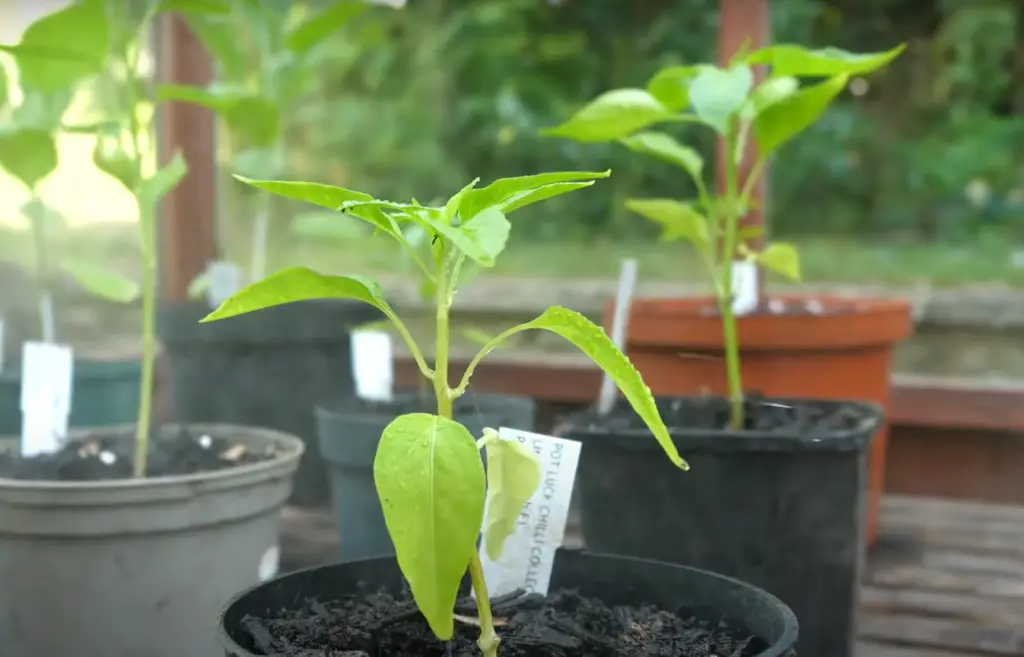
Hot peppers will produce the best results when kept in well-drained soil that has been amended with aged manure or compost. They will also benefit from occasional staking if needed. Depending on the variety, hot peppers can take anywhere from two months to four months before harvest begins. Once picked, hot peppers can be used fresh in salads, salsas or sauces, dried and stored for later use or frozen and used throughout the year. Growing hot peppers at home is a great way to enjoy fresh, flavorful produce all year-round! [11]
FAQs
What kind of peppers are garden salsa?
Garden salsa typically features bell peppers, jalapeno peppers, and other varieties of chili or hot peppers. The type of pepper used can vary from region to region and even within a single recipe. Generally, the combination of these peppers creates a flavorful spicy and fresh garden salsa. However, you may adjust the types or amounts of pepper used to customize the level of heat in your own homemade salsa.
Which peppers are easiest to grow?
The answer to this question depends on the type of pepper you are trying to grow, and your level of experience with gardening. Generally speaking, bell peppers tend to be some of the easiest peppers to grow. Other types of peppers that are relatively easy for beginners include banana peppers, jalapenos, and poblanos. These tend to be hardier varieties that do not require as much attention or specialized care. If you are new to gardening, these may be good starting points when attempting to cultivate your own pepper plants.
What are the best peppers for hot sauce?
Popular options include the habanero pepper, jalapeno pepper, cayenne pepper, chipotle pepper and Scotch bonnet pepper. All of these peppers provide a fiery kick of heat and flavor to your hot sauces. While each will produce a slightly different flavor profile, all of them have the potential to make delicious hot sauces. It is important to remember that hotter peppers will generally need to be balanced out with some sweet or milder ingredients in order for the flavors to come together properly. Experimenting with various combinations is the best way to find what works best for you when it comes to making hot sauce!
What peppers are best for red salsa?
There are a variety of peppers that can be used. Try jalapeno pepper, poblano pepper, serrano pepper, and guajillo pepper. These peppers combine for a flavorful mix of mild heat and sweet smokiness. Using these varieties of peppers in your salsa will provide a great balance between the sweetness of tomatoes and the spiciness of the peppers.
Useful Video: 5 Best Peppers for Homemade Salsa
Conclusion
There are many ways to enjoy salsa – chunky, spicy, sweet – but it always starts with the perfect pepper. With so many different varieties available, it can be a challenge finding just the right one for your homemade recipe. From picking the right pepper at the market, to growing your own in your backyard, mastering the art of making great salsa is totally achievable. All that’s left is to crack open a jar and get snacking! If you’re ready to up your salsa game there’s no time like now; grab some peppers and get cooking. After all, life’s too short to eat bad salsa. Enjoy!
References:
- https://www.cookingclassy.com/fresh-homemade-salsa/
- https://www.verywellfit.com/salsa-nutrition-facts-and-health-benefits-5198447
- https://www.epicurious.com/ingredients/20-types-of-peppers-and-their-uses-article
- https://www.jessicagavin.com/types-of-peppers/
- https://www.samsclubsalsa.com/blog/heat-up-your-salsa-with-these-hot-peppers/
- https://bonnieplants.com/blogs/how-to-grow/growing-peppers
- https://www.almanac.com/plant/bell-peppers
- https://peppergeek.com/pepper-plant-diseases-problems/
- https://peppergeek.com/fertilizer-for-pepper-plants/
- https://peppergeek.com/harvesting-peppers/
- https://www.cleanairgardening.com/growing-hot-peppers-at-home/





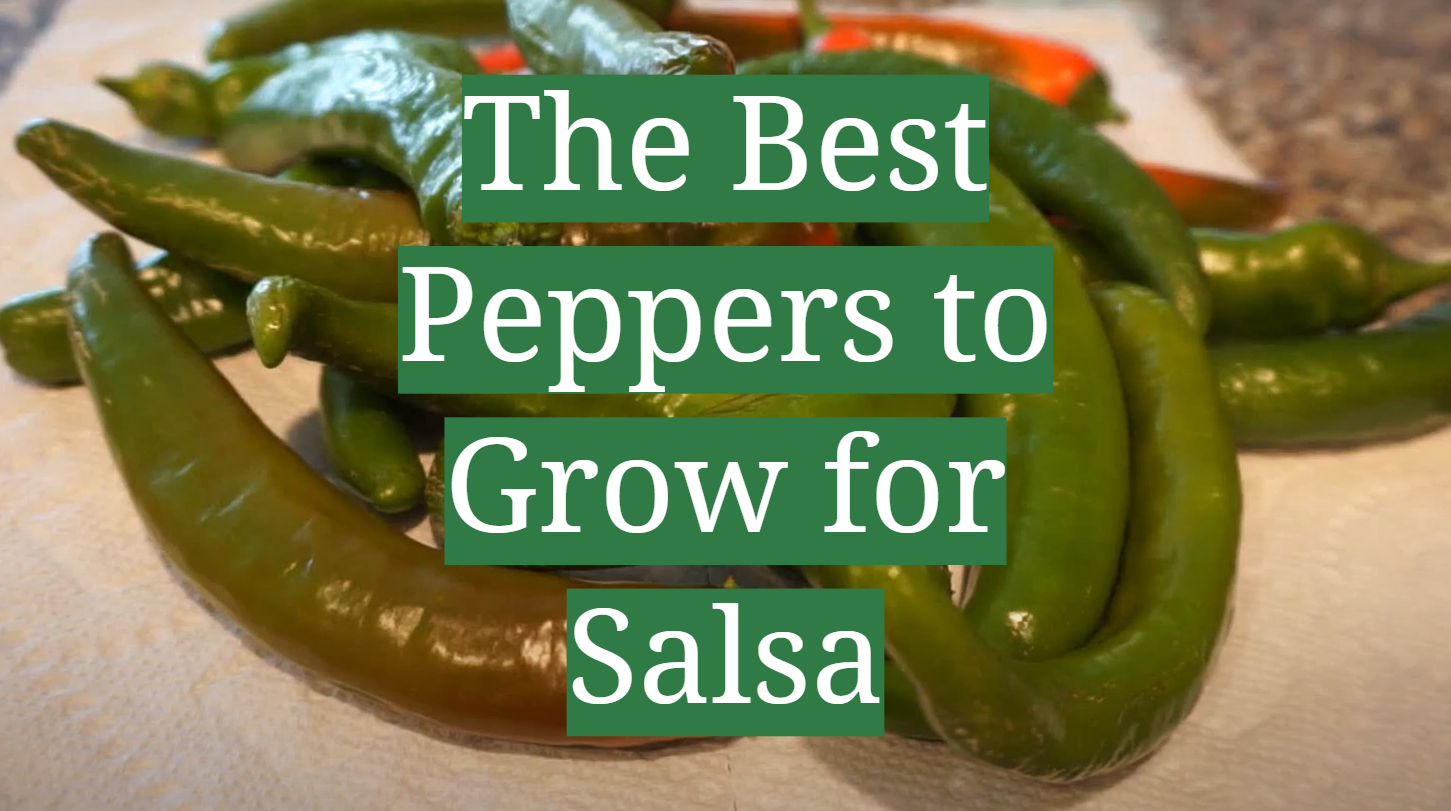




Leave a Reply
View Comments